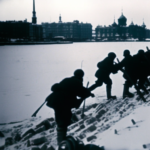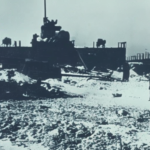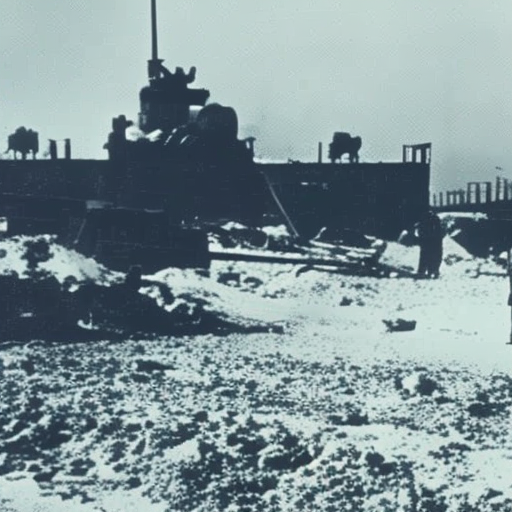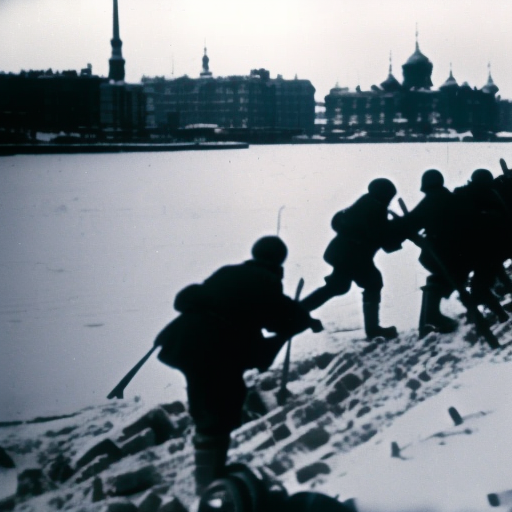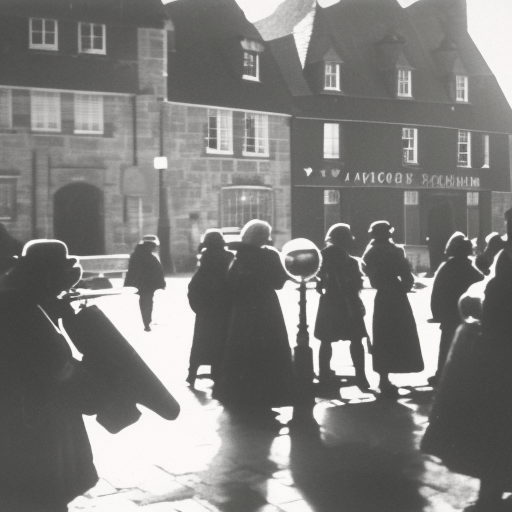The Battle of Stalingrad (1942-1943)
The Battle of Stalingrad, fought between the German Army and the Soviet Union during World War II, was a turning point in the conflict and one of the bloodiest battles in history. Lasting from August 1942 to February 1943, the battle took place in the city of Stalingrad, located in southwestern Russia.
Background:
After a series of successful German offensives in 1941, the Soviet Union found itself on the defensive. Adolf Hitler, the German leader, aimed to capture Stalingrad as part of his plan to secure the southern flank of the German advance and cut off Soviet supply lines. The city was also a symbolic target due to its name, which honored Soviet leader Joseph Stalin.
The Battle Begins:
The German offensive, codenamed Operation Blue, began in June 1942. The German Sixth Army, led by General Friedrich Paulus, advanced towards Stalingrad. The Soviet forces, under the command of General Vasily Chuikov, fiercely defended the city. The battle quickly turned into a brutal street-to-street fight, with both sides suffering heavy casualties.
Stalingrad as a Strategic Point:
Stalingrad was a crucial industrial and transportation hub on the Volga River. The city’s factories produced weapons, tanks, and ammunition that were vital to the Soviet war effort. Control of Stalingrad would also allow the Germans to cut off the Soviet Union from its oil-rich regions in the Caucasus.
The Soviet Counteroffensive:
In November 1942, the Soviet Union launched a massive counteroffensive, codenamed Operation Uranus. The plan aimed to encircle and trap the German Sixth Army in Stalingrad. The Soviet forces, with superior numbers and better supply lines, managed to surround the German troops and cut off their escape routes.
The German Surrender:
By January 1943, the German Sixth Army was trapped and running out of supplies. Despite Hitler’s orders to fight to the last man, General Paulus realized the hopeless situation and requested permission to surrender. On January 31, 1943, Paulus and his remaining troops surrendered to the Soviets. The German defeat at Stalingrad was a significant blow to Hitler’s military ambitions and marked a turning point in the war.
Significance of the Battle:
The Battle of Stalingrad was a major turning point in World War II. It was the first significant defeat for the German Army, which until then had been almost invincible. The battle also marked the beginning of a series of Soviet offensives that would eventually lead to the fall of Berlin and the end of the war in Europe.
Human Cost:
The Battle of Stalingrad was one of the bloodiest battles in history, with estimates of total casualties ranging from 1.5 to 2 million. The city was almost completely destroyed, and the civilian population suffered greatly. The battle left a lasting impact on both the German and Soviet nations, with the scars of the conflict still visible today.
Legacy:
The Battle of Stalingrad remains a symbol of resilience and sacrifice. It showcased the determination of the Soviet people to defend their homeland at all costs. The battle also highlighted the importance of urban warfare and the devastating consequences it can have on both soldiers and civilians.
In conclusion, the Battle of Stalingrad was a pivotal event in World War II, with far-reaching consequences. The German defeat marked a turning point in the war and demonstrated the strength of the Soviet Union’s military and industrial capabilities. The battle’s human cost and destruction serve as a reminder of the horrors of war and the resilience of those who endured it.
